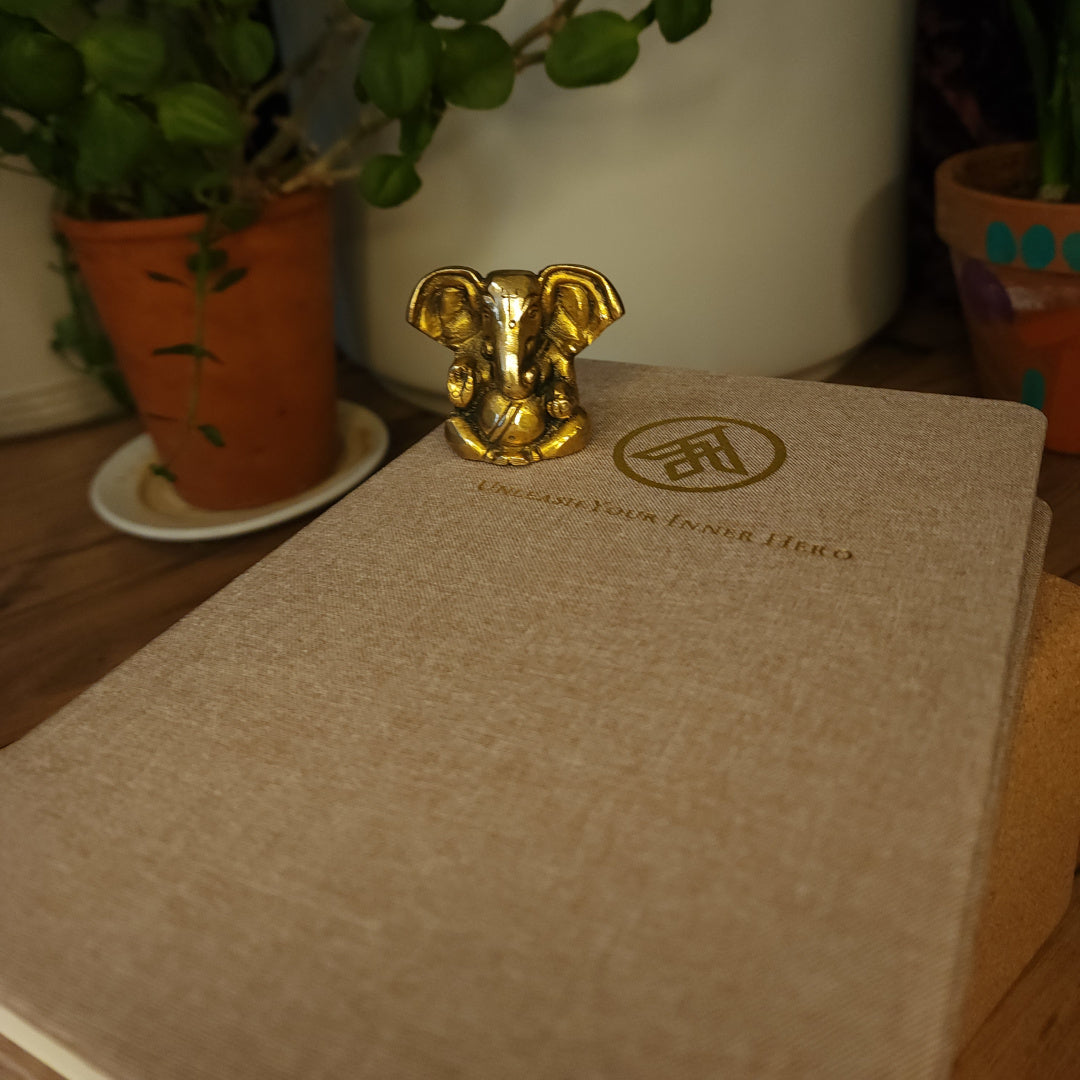Asana (Physical Posture)
Jack UtermoehlShare
Asana refers to the physical postures or poses practiced in yoga.
Derived from the Sanskrit root "ās," meaning "to sit" or "to stay," asana originally referred to seated postures used for meditation.
Over time, it has evolved to encompass a wide variety of poses designed to enhance physical health, flexibility, strength, and balance while preparing the body for deeper spiritual practices.
Etymology and Meaning
Root Words: "Ās" (to sit, to stay)
Translation Variations: Postures, physical poses
Pronunciation: Āsana [AH-suh-nah]
Asana emphasizes both the physical and mental aspects of posture, encouraging steadiness (sthira) and ease (sukha) in the body and mind. This balance forms the foundation for progressing toward higher states of awareness and meditation.
Historical Context
Asana has evolved significantly over centuries, originating as a meditative practice and expanding into the dynamic physical practice seen in modern yoga.
Classical Yoga: In the Yoga Sutras of Patanjali, asana is described as a seated posture, focusing on stability and comfort for meditation.
Hatha Yoga: Introduced more complex physical postures aimed at preparing the body for spiritual practices.
Modern Yoga: Incorporates diverse physical poses to enhance health, flexibility, and mindfulness.
Practical Application
In Physical Practice
- Practice asanas regularly to improve strength, flexibility, and balance.
- Focus on alignment and breath to enhance the benefits of each pose.
In Mental and Emotional Well-being
- Use asana practice to release tension and stress stored in the body.
- Combine movement with mindfulness to cultivate inner calm and focus.
In Spiritual Preparation
- Approach asana as a way to prepare the body for meditation and deeper yoga practices.
- Find steadiness and ease in each pose to connect with your breath and inner stillness.
Symbolism in Yoga Philosophy
Asana is the third limb of the eightfold path of yoga described in the Yoga Sutras of Patanjali. It represents the physical foundation of yoga, emphasizing the importance of cultivating a steady and comfortable posture as a basis for spiritual growth.
Jewelry Designed for Your Practice
We created this collection to honor the wisdom and beauty of yoga. Each piece is crafted with intention to support your journey, on and off the mat.
Quotes and Wisdom
"Sthira-sukham asanam." — Yoga Sutras of Patanjali (Asana is a posture that is steady and comfortable.)
"The body is your temple. Keep it pure and clean for the soul to reside in." — B.K.S. Iyengar
Modern Relevance
Asana practice has become a cornerstone of modern yoga, offering physical, mental, and emotional benefits. In today’s fast-paced world, it provides a space for individuals to connect with their bodies, reduce stress, and foster mindfulness.
Related Concepts
Pranayama (Breath Control): Often integrated into asana practice to enhance focus and energy flow.
Dhyana (Meditation): Asanas help prepare the body for prolonged meditation by fostering physical comfort and stillness.
How to Practice Asana
Mindset: Approach each pose with mindfulness and patience, prioritizing alignment and breath.
Actions: Create a consistent asana routine that balances strength, flexibility, and relaxation.
Reflection: Observe how your body and mind respond to your practice and adjust as needed for balance and ease.
Suggested Reading
- The Yoga Sutras of Patanjali (Translation by Swami Satchidananda).
- Light on Yoga by B.K.S. Iyengar.
Conclusion
Asana is more than just physical movement; it is a practice that integrates body, mind, and breath. By cultivating steadiness and ease in postures, practitioners can enhance their overall well-being and create a solid foundation for deeper spiritual exploration.







